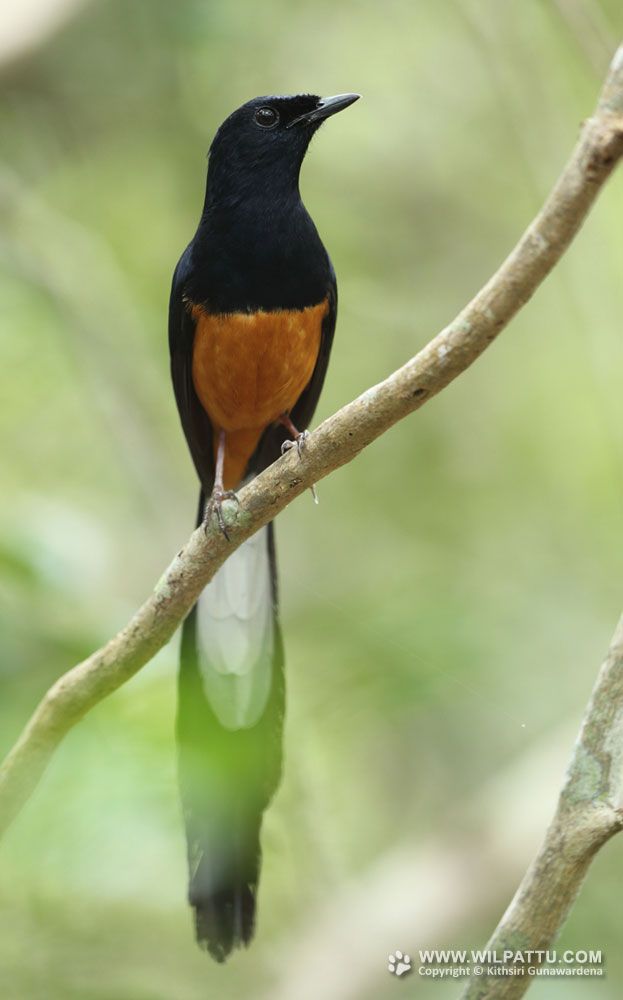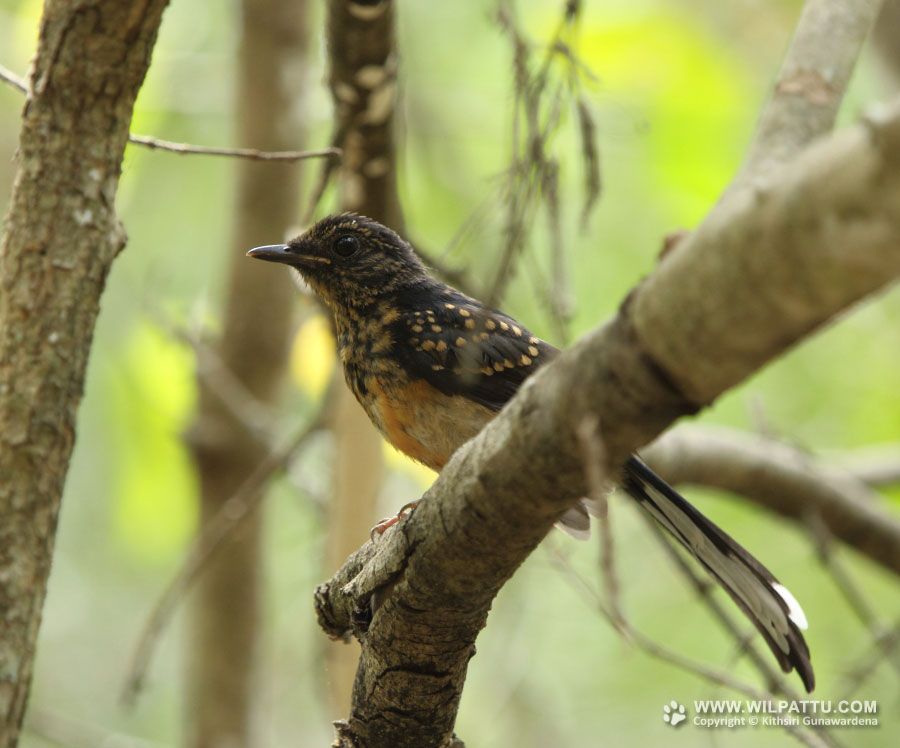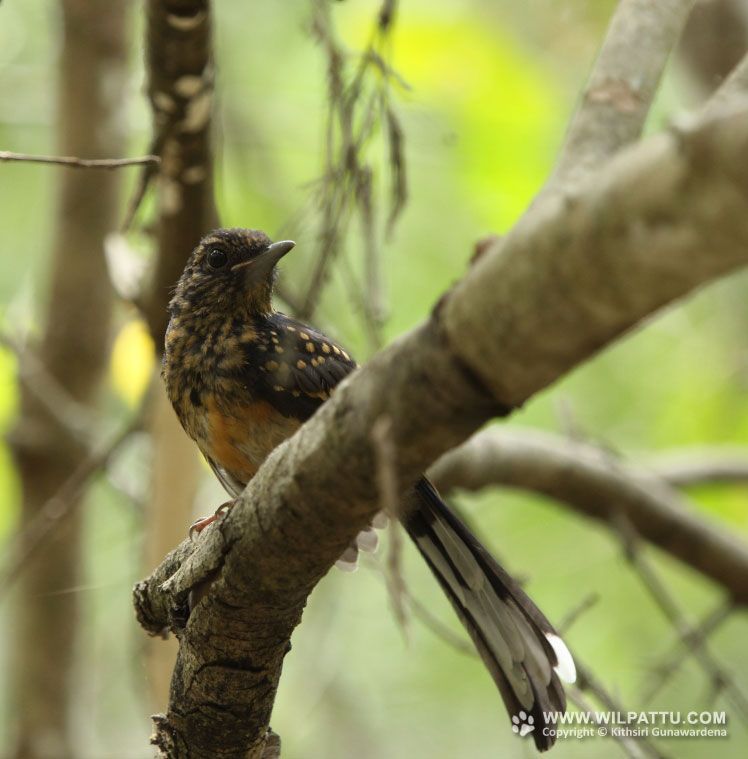
Birds ‹‹ Go Back
This is a common breeding resident species found in the lowlands to the mid hills of the country. It is native to the Indian Subcontinent and South-East Asia. Twenty-one subspecies have been recognized with some being regarded as separate species. The subspecies C. m. leggei is endemic to Sri Lanka. C. m. malabaricus is found in southern India including the Western Ghats and C. m. indicus in northern India. C. m. albiventris which is now regarded as a separate species, is found in the Andaman Islands. C. m. interpositus ranges from China to Myanmar, Thailand and the Merguie Archipelago and C. m. minor inhabits Southern China. C. m. mallopercnus is found in the Malay Peninsula. C. m. tricolor is found in Sumatra, Java, Bangka- Belitung and Karimata Islands. Some parts of and the islands around Borneo and Sumatra are home to C. m. mirabilis, melanurus, opisthopelus, javanus, omissus, ochroptilus, abbotti, eumesus, suavis, nigricauda, stricklandii and barbouri.
The conservation status of the species under reference is regarded as Least Concerned (National Red List 2012).
This is a species protected under the Fauna and Flora Protection Ordinance as amended by Act No. 22 of 2009.
This is a forest species that is commonly found in the dry lowlands. In the wet zone I have observed it at localities such as Dunumadalewa and the forest above the Peradeniya University in Kandy, Bodhinagala, Salgala, Meetirigala and Sinharaja. In the hills, the highest altitude at which I have seen it has been in the Knuckles Forest Reserve at 902 meters. In the North I have seen it at the Veruwil Forest close to Devil’s Point, at the Mamaduwa Tank at Omanthai and in the East at Trincomalee. I have not seen it in the Jaffna Peninsula or the Mannar Island.
This is a species with exceptional vocal abilities to mimic other birds and even tunes whistled by humans. This is probably the best songster in our dry zone forests and I never tire of listening to the varied vocalizations produced by this species. They become quite active during dawn and dusk when they would perch on an exposed branch and sing. As they leave the nest, the immature birds have light beige spots all over their bodies and thus look quite different to the adults.
During a field trip to Wilpattu in October 2012, around 1.20 p.m. I observed what appeared to be an intense territorial battle between two birds of this species. As I turned on to the Eeriyakkulam Pooval road from Mahapatessa, I stopped the vehicle upon observing a small flock of birds and hearing the loud calls of two White-rumped Shama. The two birds were spotted perched on branches not even a foot from the ground and singing in a very agitated manner. After a few minutes of this display, the two birds attacked each other and fell onto the leaf litter. They were on the ground motionless, clinging on to each other with their feet for more than 6 minutes prior to flying off in separate directions.
This is a very common species in Wilpattu and can be seen throughout the park in forested areas.



